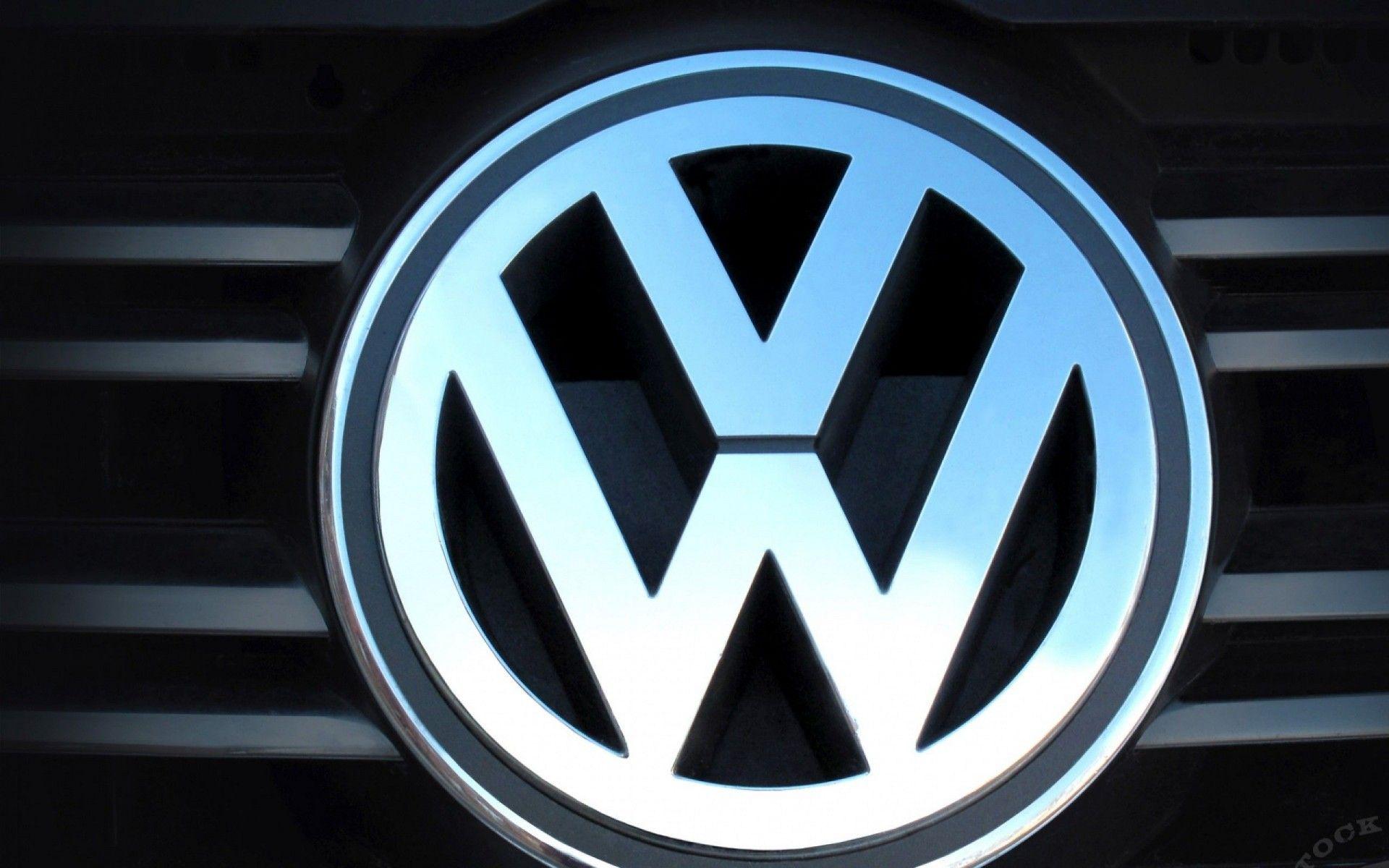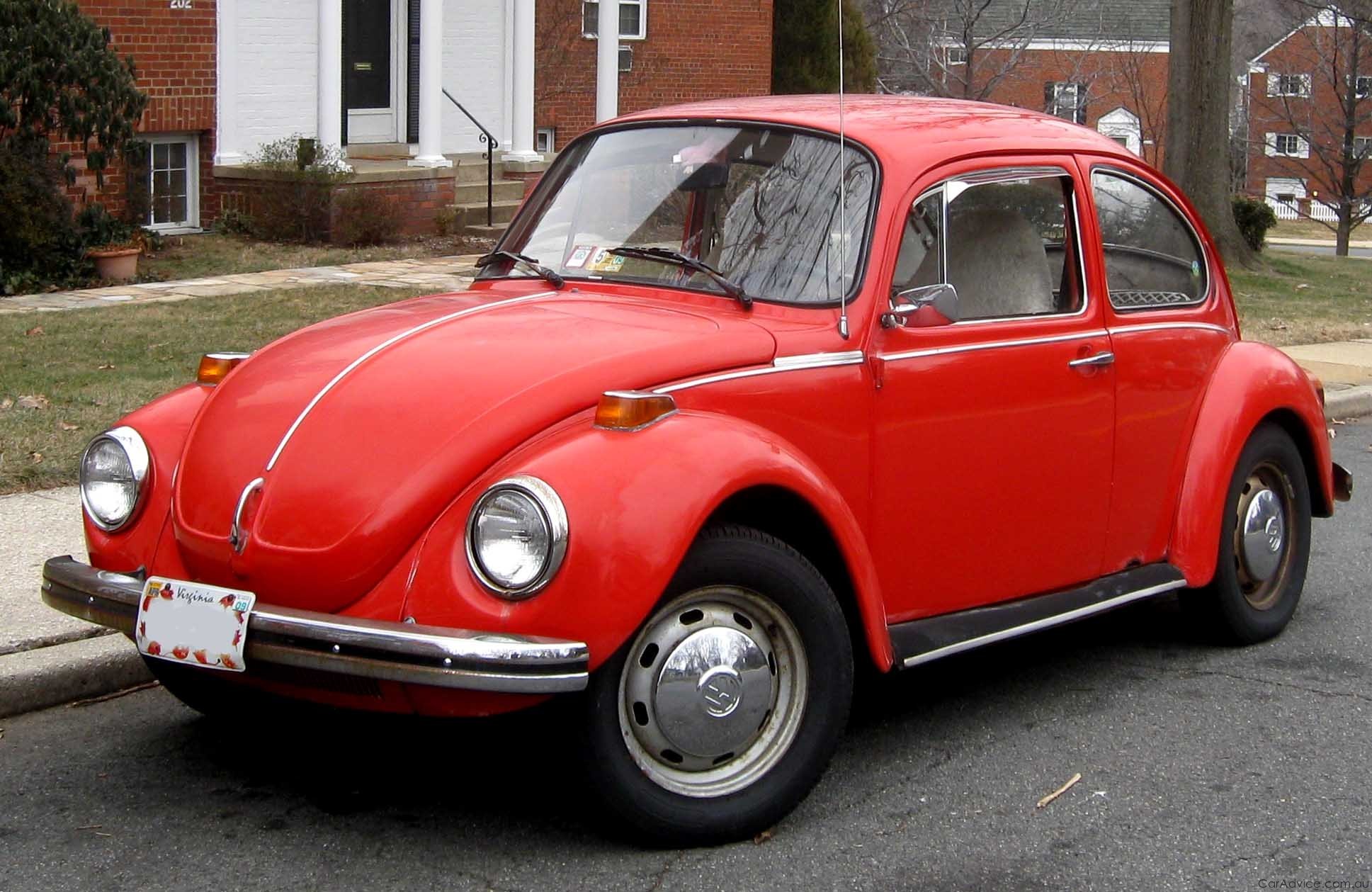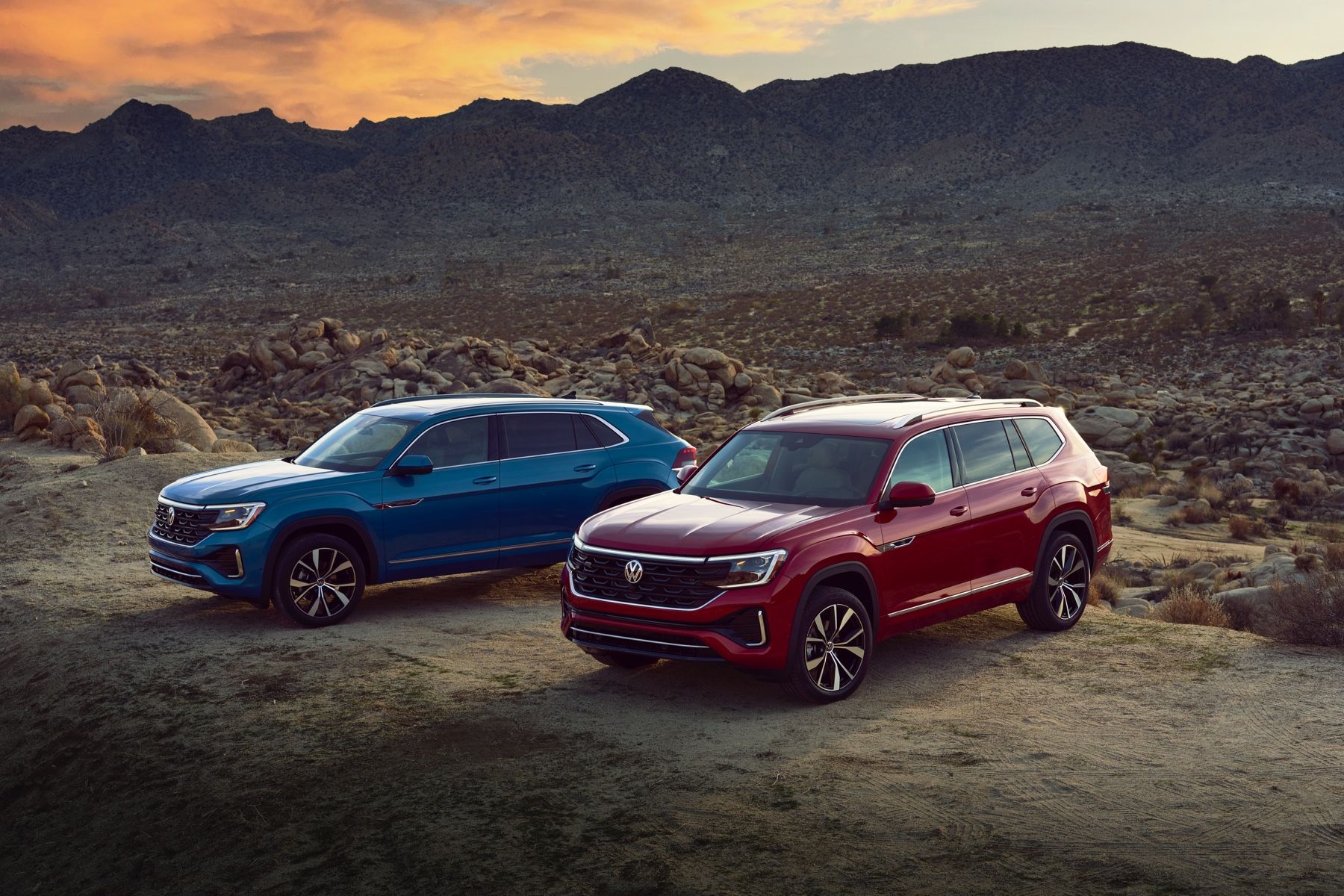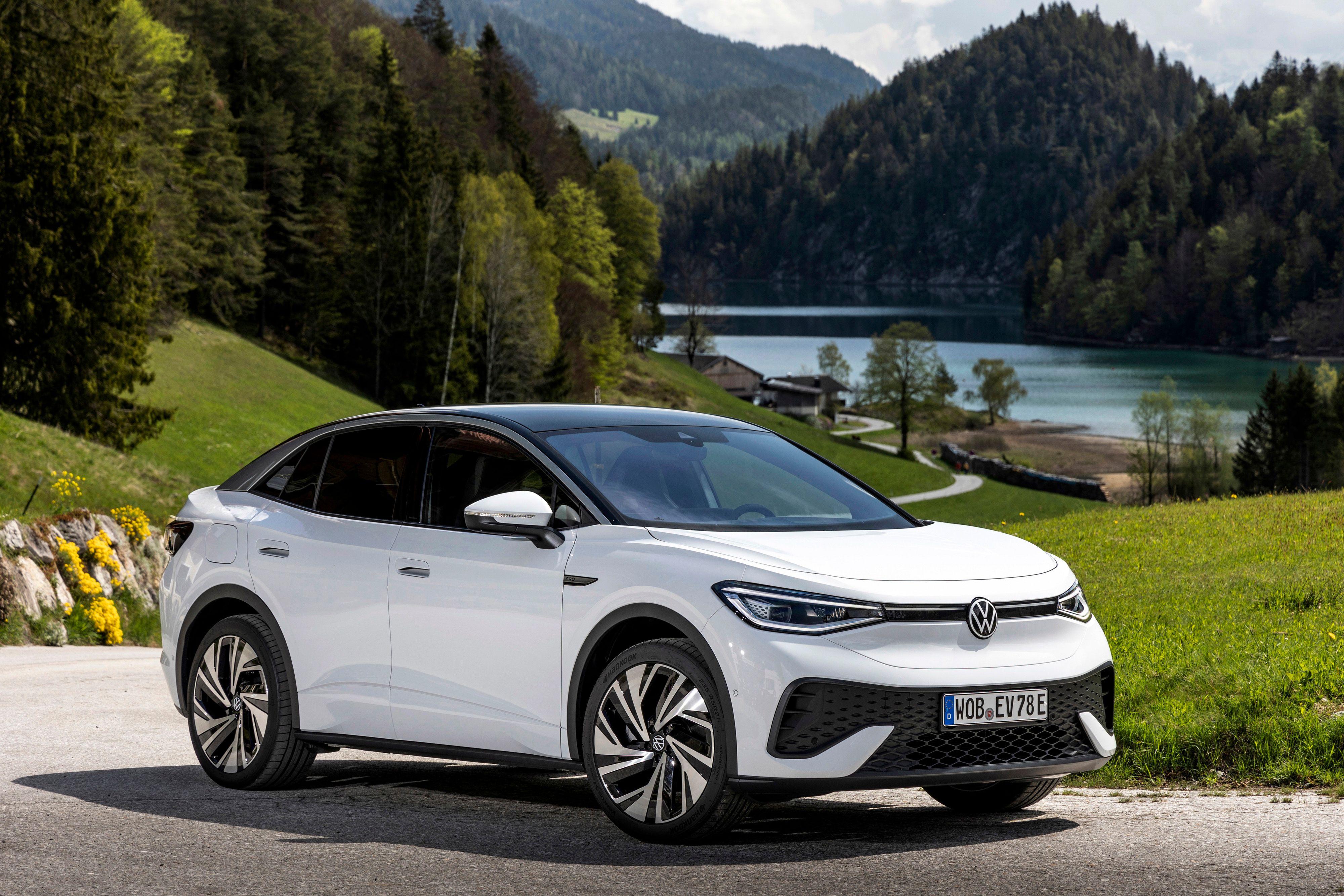Volkswagen Pickup Trucks For Sale: A Comprehensive Guide to Finding Your Unique Hauler cars.truckstrend.com
The world of pickup trucks is often dominated by a few familiar names, but for those seeking something distinct, something with a touch of European engineering and a rich, albeit less publicized, history, the idea of a Volkswagen pickup truck sparks genuine curiosity. While not as ubiquitous in certain markets as their American or Japanese counterparts, Volkswagen has indeed produced a range of utility vehicles capable of hauling and working, from compact car-based utes to robust, dedicated mid-size trucks.
This comprehensive guide delves into the fascinating world of Volkswagen pickup trucks for sale, exploring their legacy, the models you might encounter, where to find them, and what crucial considerations you need to make before purchasing. Whether you’re a long-time VW enthusiast, a collector, or simply someone looking for a unique and practical vehicle, understanding the nuances of the VW pickup market is key to a successful acquisition.
Volkswagen Pickup Trucks For Sale: A Comprehensive Guide to Finding Your Unique Hauler
The Volkswagen Pickup Legacy: A Brief History
Volkswagen’s foray into utility vehicles began almost as soon as the company itself. Their reputation for durable, well-engineered vehicles naturally extended to models designed for work and hauling.
-
The Type 2 (Transporter/Bus) Pickup Variants (1950s-1970s): Perhaps the earliest and most iconic VW utility vehicle, the Type 2, affectionately known as the "Bus" or "Kombi," was available in various pickup configurations, including single-cab and double-cab (Doka) versions. These rear-engined, air-cooled workhorses became symbols of versatility and bohemian adventure, though their primary function was often commercial. Today, they are highly sought-after collector items.
-
The Volkswagen Caddy / Rabbit Pickup (1979-1996): Born from the Golf (Rabbit in North America) platform, the first-generation Caddy was VW’s answer to the compact, car-based pickup trend. Known as the Rabbit Pickup in the USA, it offered surprising utility in a small, fuel-efficient package. While its payload and towing capabilities were modest compared to traditional trucks, its maneuverability, economy, and distinctive styling carved out a niche. Later generations of the Caddy continued globally as commercial vans with pickup variants in some markets, but the Mk1 remains the most recognized pickup version.

-
The Volkswagen Saveiro (Since 1982 – South America): Exclusively developed for the South American market, the Saveiro is another compact, car-based pickup, derived from the Gol (VW’s regional subcompact). It has been a consistent best-seller in countries like Brazil, offering an affordable and practical solution for light commercial and personal use. Its availability is largely confined to its primary market.

The Volkswagen Amarok (Since 2010): This is Volkswagen’s most significant and dedicated entry into the global mid-size pickup truck market. Designed from the ground up to compete with established players like the Ford Ranger, Toyota Hilux, and Nissan Navara, the Amarok brought VW’s premium feel, advanced engineering, and powerful TDI diesel engines to the segment. While immensely popular in Europe, Australia, South Africa, and South America, the Amarok has never been officially sold new in the United States or Canada due to market strategy and regulatory hurdles. A second generation, co-developed with the Ford Ranger, was launched in 2022, further cementing VW’s commitment to this segment globally.
Why Consider a Volkswagen Pickup? Unique Selling Propositions
While they may not fit the traditional American full-size truck mold, VW pickups offer compelling reasons for consideration:

- German Engineering & Build Quality: Even for their workhorses, Volkswagen vehicles are known for their solid construction, precise engineering, and attention to detail. This translates to a refined driving experience, even in a pickup.
- Fuel Efficiency: Particularly with older models like the Caddy (especially diesel variants) and the Amarok’s TDI engines, VW pickups can offer superior fuel economy compared to many traditional gasoline-powered trucks.
- Maneuverability & Compactness: Models like the Caddy and Saveiro excel in urban environments, offering easy parking and nimble handling where larger trucks struggle. Even the Amarok, while mid-size, offers a more car-like driving experience than some competitors.
- Comfort & Interior Refinement: Especially in the Amarok, Volkswagen’s emphasis on ergonomic design and quality materials provides a surprisingly comfortable and upscale cabin for a pickup truck.
- Niche Appeal & Uniqueness: In markets where they are not commonly sold (like North America for the Amarok or older models), owning a VW pickup offers a distinctive statement and a conversation starter.
- Customization Potential: Older models like the Caddy and Type 2 pickups are popular platforms for restoration, modification, and customization, allowing owners to create truly unique vehicles.
Navigating the Market: Where to Find VW Pickups
Finding a Volkswagen pickup truck for sale largely depends on your geographical location and the specific model you’re seeking.
- New Sales (Amarok): If you are in Europe, Australia, New Zealand, South Africa, or South America, the new Volkswagen Amarok is readily available through authorized dealerships. For those in North America, new Amarok sales are not an option.
- Used Market – General Online Platforms: Websites like eBay Motors, Craigslist (regional), AutoTrader (in relevant countries), and Facebook Marketplace are good starting points for finding used VW pickups, particularly older Caddy models or imported Amaroks.
- Specialized Classic Car & Enthusiast Sites: For older, rarer models like the Type 2 pickup or meticulously restored Caddys, dedicated classic car websites (e.g., Bring a Trailer, Hemmings, ClassicCars.com) and Volkswagen enthusiast forums (e.g., VWVortex, The Samba) are invaluable resources.
- Import Specialists: If you’re in a market like the USA and are interested in an Amarok, your best bet is to work with an import specialist. Be aware of the "25-year rule" for vehicle importation to the U.S., which means newer Amaroks are generally not legally importable for road use unless specifically modified or imported for show/display purposes. Older Caddys and Type 2s, however, often qualify.
- Local Classifieds & Auctions: Don’t overlook local classified ads, specialized vehicle auctions, or even word-of-mouth within car communities. Sometimes, the best finds are not widely advertised.
- International Listings: For models like the Amarok or Saveiro, you might need to broaden your search to international classifieds and export-oriented dealers in countries where these trucks are commonly sold.
Key Models to Look For and Their Characteristics
Understanding the specific attributes of each model will help you narrow your search:
-
Volkswagen Caddy (Mk1 / Rabbit Pickup):
- Years: Primarily 1979-1996 globally (US spec Rabbit Pickup: 1979-1984).
- Engines: 1.5L, 1.6L, 1.7L, 1.8L gasoline engines; 1.5L, 1.6L diesel engines.
- Pros: Highly fuel-efficient (especially diesel), compact size, cult following, simple mechanics, relatively easy to modify/maintain for enthusiasts.
- Cons: Limited payload/towing capacity, prone to rust (especially in northern climates), parts for specific trim pieces can be challenging, safety features are minimal by modern standards.
-
Volkswagen Amarok (1st Generation):
- Years: 2010-2022.
- Engines: 2.0L TDI (bi-turbo, single turbo), 3.0L V6 TDI.
- Pros: Robust body-on-frame construction, available 4MOTION (AWD/4×4), comfortable and refined interior, strong towing and payload capabilities for its class, powerful and efficient TDI engines.
- Cons: Not available new in North America, higher purchase price (even used), complex electronics may require specialized diagnostics, parts can be more expensive than mainstream trucks.
-
Volkswagen Amarok (2nd Generation):
- Years: 2022-Present.
- Engines: Shared with Ford Ranger – 2.0L EcoBlue diesel, 3.0L V6 EcoBlue diesel, 2.3L EcoBoost gasoline.
- Pros: State-of-the-art technology, advanced safety features, enhanced off-road capabilities, luxurious interior, powerful engine options.
- Cons: Very limited availability in the used market (as it’s new), still not available new in North America, higher price point.
-
Volkswagen Type 2 (Pickup Variants):
- Years: 1950-1979 (various generations).
- Engines: Air-cooled boxer engines (1.2L, 1.5L, 1.6L, 1.7L, 1.8L, 2.0L).
- Pros: Iconic status, high collector value, unique driving experience, versatile cargo options (especially Doka), simple mechanics (though specific parts can be rare).
- Cons: Very high purchase price for well-preserved examples, slow by modern standards, limited safety features, requires specialized knowledge for maintenance, rust is a major concern.
Important Considerations Before Buying
Purchasing a Volkswagen pickup, especially an older or imported model, requires careful thought:
- Availability & Importation Laws: This is paramount. Understand the specific regulations in your country regarding importing vehicles, especially the age limits (e.g., 25-year rule in the USA) and emissions standards.
- Parts & Service: For models not officially sold in your region, obtaining replacement parts can be a challenge. Research the availability of parts suppliers (online, specialist shops, or international sources) and mechanics familiar with these specific VW models.
- Cost of Ownership: Factor in not just the purchase price, but also potential import duties, shipping costs, insurance (which might be higher for rare or imported vehicles), maintenance, and fuel costs.
- Condition & Inspection: Always arrange for a thorough pre-purchase inspection by a qualified mechanic, ideally one familiar with VWs. Pay close attention to rust, engine health, transmission, and electrical systems. For imported vehicles, ensure all documentation is legitimate.
- Payload & Towing Capacity: Be realistic about what the truck can handle. A Caddy is not designed for heavy-duty towing, while an Amarok is quite capable for a mid-size. Match the truck to your intended use.
- Intended Use: Is this a daily driver, a weekend toy, a work truck, or a collector’s item? Your purpose will heavily influence the model you choose and the condition you seek.
Tips for a Successful Purchase
- Research Extensively: Before you even look at a truck, immerse yourself in information about the specific model. Join online forums, read reviews, and understand common issues.
- Set a Realistic Budget: Include not just the purchase price, but also transportation, import fees, initial maintenance, and potential repair costs.
- Network with Enthusiasts: VW pickup communities are passionate and knowledgeable. They can offer advice, leads on sales, and insights into ownership.
- Be Patient: Finding the right Volkswagen pickup, especially a specific configuration or condition, can take time. Don’t rush into a purchase.
- Verify Documentation: Ensure the vehicle has a clear title, verifiable service history (if available), and no outstanding liens. For imports, confirm all customs and registration paperwork is in order.
- Test Drive Thoroughly: Don’t just drive it around the block. Test all functions, listen for unusual noises, and get a feel for its performance.
Challenges and Solutions
- Challenge: Limited Availability (especially in North America).
- Solution: Broaden your search to international markets and consider professional import services. Be prepared for a longer search process.
- Challenge: Parts Scarcity for Older/Niche Models.
- Solution: Identify reputable online parts suppliers, join enthusiast forums for advice on cross-compatible parts, and be prepared for potential fabrication of certain components.
- Challenge: High Import Costs and Complexity.
- Solution: Budget diligently for all associated costs (shipping, duties, modifications for compliance) and consider hiring a customs broker or an experienced import company to handle the paperwork.
- Challenge: Uncertainty of Resale Value.
- Solution: Unless it’s a rare collector’s item, buy a VW pickup for the enjoyment of ownership and its utility, rather than as a strict investment. Its unique nature can also be a selling point for the right buyer.
Practical Advice and Actionable Insights
For those seriously considering a Volkswagen pickup, the journey is often as rewarding as the destination. Start by clearly defining your needs: Do you need light hauling for hobbies, or a more capable mid-size truck for tougher tasks? Are you looking for a project, or a ready-to-drive vehicle? Once your needs are clear, dive deep into researching the specific models that fit. Understand the market prices, the common pitfalls, and the community support available. Don’t shy away from the idea of importing if the perfect vehicle is overseas, but educate yourself thoroughly on the process. A pre-purchase inspection is non-negotiable. Finally, be prepared for a unique ownership experience – Volkswagen pickups are not for everyone, but for the discerning buyer, they offer a compelling blend of utility, style, and engineering excellence that stands apart from the crowd.
Volkswagen Pickup Trucks For Sale: Estimated Used Price Table
Please note: These prices are highly approximate and can vary significantly based on vehicle condition, mileage, specific trim level, regional market demand, import costs (if applicable), and historical significance for collector models. They represent general ranges for the used market and do not reflect new vehicle pricing. New Amarok prices would be dictated by regional dealerships where they are sold.
| Model | Production Years | Estimated Used Price Range (USD) | Key Characteristics |
|---|---|---|---|
| Volkswagen Caddy (Mk1 / Rabbit Pickup) | 1979 – 1996 (Global) | $5,000 – $25,000+ | Compact, FWD, car-based ute; known for fuel efficiency, cult status, and ease of parking. Prices vary wildly based on originality, restoration quality, and rarity of specific editions (e.g., diesel, sport models). |
| Volkswagen Amarok (1st Generation) | 2010 – 2022 | $15,000 – $45,000+ | Mid-size, robust body-on-frame, available 4MOTION, powerful TDI engines (4-cyl & V6). Comfortable, capable, premium interior. Prices depend on mileage, specification, and regional market demand. |
| Volkswagen Amarok (2nd Generation) | 2022 – Present | $35,000 – $65,000+ | Co-developed with Ford Ranger; modern technology, advanced safety features, powerful V6 TDI or EcoBoost engines. Prices reflect its newer status; availability is very limited in the used market. |
| Volkswagen Type 2 (Pickup Variants) | 1950 – 1979 (Global) | $20,000 – $100,000+ | Iconic, rear-engine, air-cooled; highly sought-after collector vehicles. Price depends heavily on originality, condition, specific body style (e.g., single cab, Doka), and historical significance. |
Frequently Asked Questions (FAQ)
Q: Are Volkswagen pickup trucks sold in the USA?
A: No, the current generation Volkswagen Amarok is not officially sold new in the USA or Canada. Historically, the VW Rabbit Pickup (Mk1 Caddy) was sold in the USA from 1979-1984. Any other VW pickups in the US market would be privately imported used vehicles.
Q: What is the Volkswagen Amarok?
A: The Amarok is Volkswagen’s dedicated mid-size pickup truck, designed to compete globally with models like the Ford Ranger and Toyota Hilux. It’s known for its refined driving dynamics, powerful TDI diesel engines (and some gasoline options), comfortable interior, and strong build quality.
Q: Is the VW Caddy a "real" pickup truck?
A: The Mk1 Caddy (or Rabbit Pickup) is a car-based utility vehicle, often referred to as a "ute." While it has an open bed and can haul cargo, its unibody construction and compact size mean it has more limited payload and towing capacities compared to traditional body-on-frame pickup trucks. It’s a light-duty utility vehicle with car-like driving characteristics.
Q: What should I look for when buying a used VW pickup?
A: Beyond general used car checks (engine, transmission, brakes), pay close attention to rust, especially on older Caddys and Type 2s. For Amaroks, check service records for proper maintenance of the complex diesel engines. For any imported vehicle, verify all legal documentation and ensure it complies with local regulations.
Q: How difficult is it to get parts for an older VW pickup?
A: For common components of models like the Mk1 Caddy, parts can be found through specialist VW parts suppliers and online. However, specific trim pieces, body panels, or unique mechanical components for older, rarer, or imported models can be challenging and expensive to source. Enthusiast communities and forums are excellent resources for finding parts and advice.
Q: Can I import an Amarok into the US?
A: Due to the 25-year import rule in the USA, only Amaroks older than 25 years (i.e., pre-1999 models) can be legally imported for road use without significant modifications for federal compliance. This means current generation Amaroks cannot be easily imported for daily driving.
Q: What are the main benefits of a VW pickup over a traditional truck?
A: VW pickups often offer better fuel efficiency (especially diesel models), more car-like driving dynamics, superior interior comfort and refinement (particularly the Amarok), and a unique aesthetic that stands out from mainstream trucks. They appeal to buyers who value European engineering and a distinct vehicle identity alongside utility.
Conclusion
The journey to finding a Volkswagen pickup truck for sale is an adventure in itself, often leading to rare finds and unique ownership experiences. While their presence in certain markets may be niche, VW’s contribution to the pickup segment, from the iconic Type 2 to the capable Amarok, is undeniable. For those willing to navigate the intricacies of the market, research diligently, and potentially embrace the world of vehicle importation, a Volkswagen pickup offers a compelling blend of utility, distinct European character, and robust engineering. It’s a choice for the discerning individual who seeks something beyond the ordinary, a vehicle that not only gets the job done but does so with a touch of enduring Volkswagen charm.

